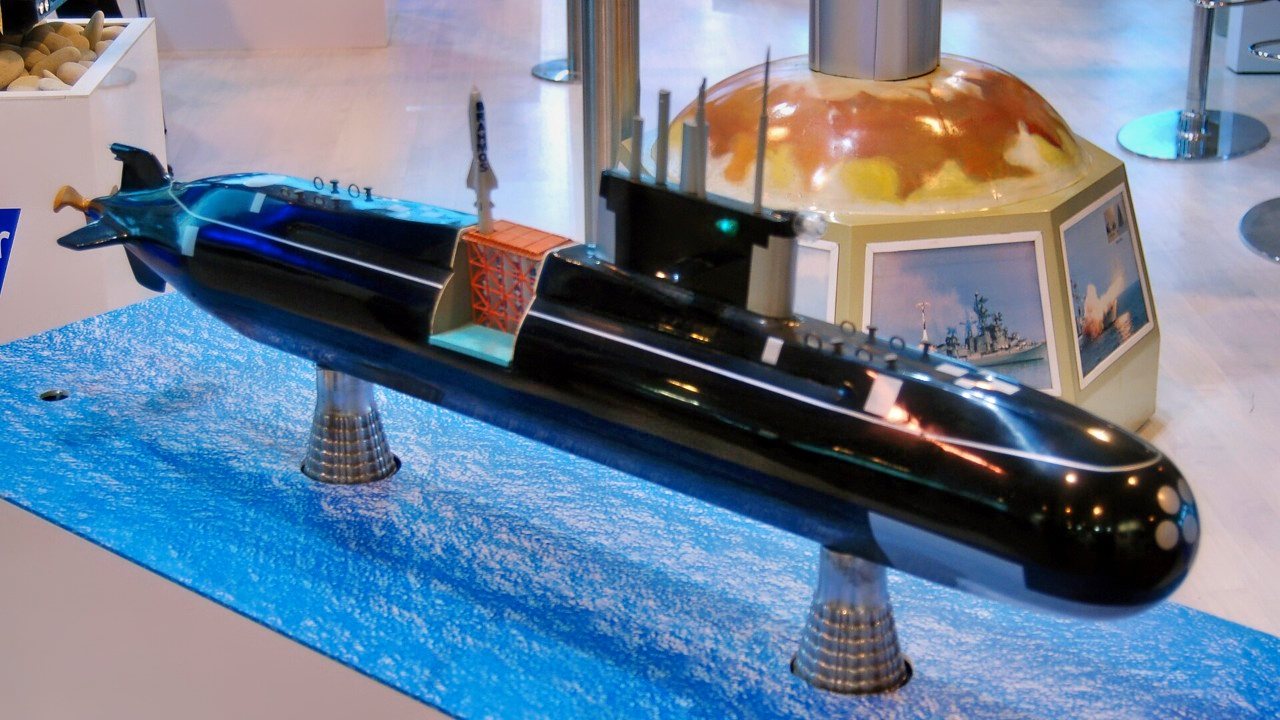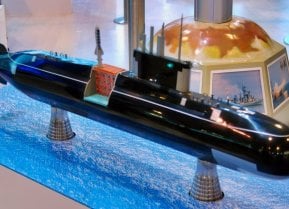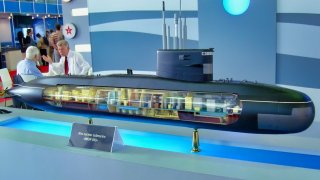Russia's Lada-Class Submarine Is Headed for the Scrap Yard
Project 677 Lada-class submarines are often referred to as the fourth generation of diesel-electric submarines, developed by a Russian Rubin design bureau. And so far, the class has been a failure.
Russia Just Scrapped Its Lead Project 677 Lada Attack Submarine - Last month, the Kremlin announced that the Russian Navy would receive 12 surface warships and four submarines in 2024, and it was quick to tout the resurgence of its sea service. For 2024, the Russian Navy could see the largest number of vessels launched in decades, State Secretary and Deputy Industry and Trade Minister Viktor Yevtukhov told reporters.
However, what Kremlin officials didn't state at the time is that the Russian Navy has also retired many of its aging warships and submarines. It was on Monday that sources close to the Russian military-industrial complex told state media outlet Tass that the Sankt Peterburg (St. Petersburg) diesel-electric submarine of Lada-class project 677 has been decommissioned from the Russian Navy and will be scrapped.
The decision to retire the aging attack submarine reportedly came down to costs. Sankt Peterburg would be too costly to modernize while a new boat could be built instead.
A Problem-Plagued Class of Attack Submarines
Project 677 Lada-class submarines are often referred to as the fourth generation of diesel-electric submarines, developed by a Russian Rubin design bureau. It is essentially an improved version of the Kilo-class and was designed to be fitted with an air-independent propulsion (AIP) along with new combat systems. The AIP system was meant to increase submerged endurance to 45 days, while its submerged cruising range was 500 nautical miles (900 km) at three knots.
The lead submarine of Project 677 was floated on October 28, 2004. However, she was not accepted by the Russian Navy as it was discovered there were issues with the boat's propulsion and that its sonar systems did not meet Russian specifications.
Construction on the remaining boats of Project 677 was thus frozen.
The issues with the lead submarine were eventually addressed, but only after several years of serving as a "test platform," she was formally accepted into service with the Russian Navy last year. Sankt Petersburg only officially joined the Northern Fleet in September 2021.
Yet, Russia was unable to resolve many of the issues with the fuel cells for the AIP, and as a result the second boat of the class, the Kronstadt, was fitted with an ordinary diesel-electric propulsion system without the AIP system.
The Lada-class Key Details
The Project 677 boats have a surface displacement of about 1,750 tonnes and can develop an underwater speed of up to 21 knots, and an endurance of 45 days. The Lada -class subs are armed with Kalibr cruise missile systems along with six 533 mm torpedo tubes for a mix of 18 torpedoes or tube-launched missiles. These may include the Alfa (NATO reporting name SS-N-27 or Sizzler) multi-role cruise missiles, or Oniks (SS-N-26) anti-ship cruise missiles.

The boats reportedly have a crew of 35 including officers and sailors.
The boats were initially developed and designed to protect naval bases, coastal installations, and sea lanes from hostile submarines and ships, while these boats can also perform patrol and surveillance tasks, including anti-submarine warfare (ASW) and anti-surface warfare (AsuW) operations.
Currently, the Admiralty Shipyard is also building one additional Lada-class submarine, the future Velikiye Luki, while the first steel was cut for the next two boats with a third is also on order.
Author Experience and Expertise: Peter Suciu
Peter Suciu is a Michigan-based writer. He has contributed to more than four dozen magazines, newspapers, and websites with over 3,200 published pieces over a twenty-year career in journalism. He regularly writes about military hardware, firearms history, cybersecurity, politics, and international affairs. Peter is also a Contributing Writer for Forbes and Clearance Jobs. You can follow him on Twitter: @PeterSuciu. You can email the author: [email protected].


